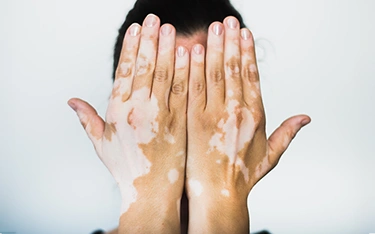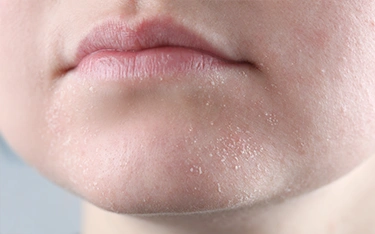FAQs
Does Seborrhoeic Dermatitis Have a Distinct Smell?
No, but greasy patches can trap sweat and odor, requiring regular cleansing.
Can Picking at Seborrhoeic Dermatitis Worsen It?
Yes! Scratching causes further irritation and can lead to infections and hair thinning.
Is Seborrhoeic Dermatitis a lifelong disease?
It is chronic but manageable with proper treatment and care.
How do you know if you have Seborrhoeic Dermatitis?
Symptoms include flaky scalp, greasy patches, itching, and redness.
Can you lose hair from Seborrhoeic Dermatitis?
Yes, excessive scratching and inflammation can weaken hair roots, causing temporary hair loss.




